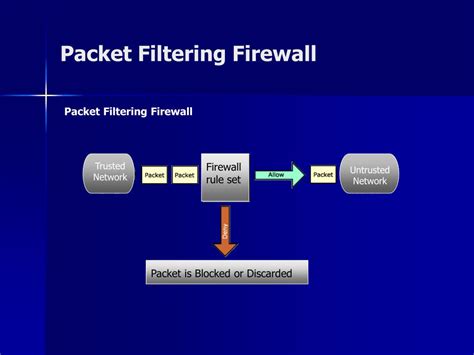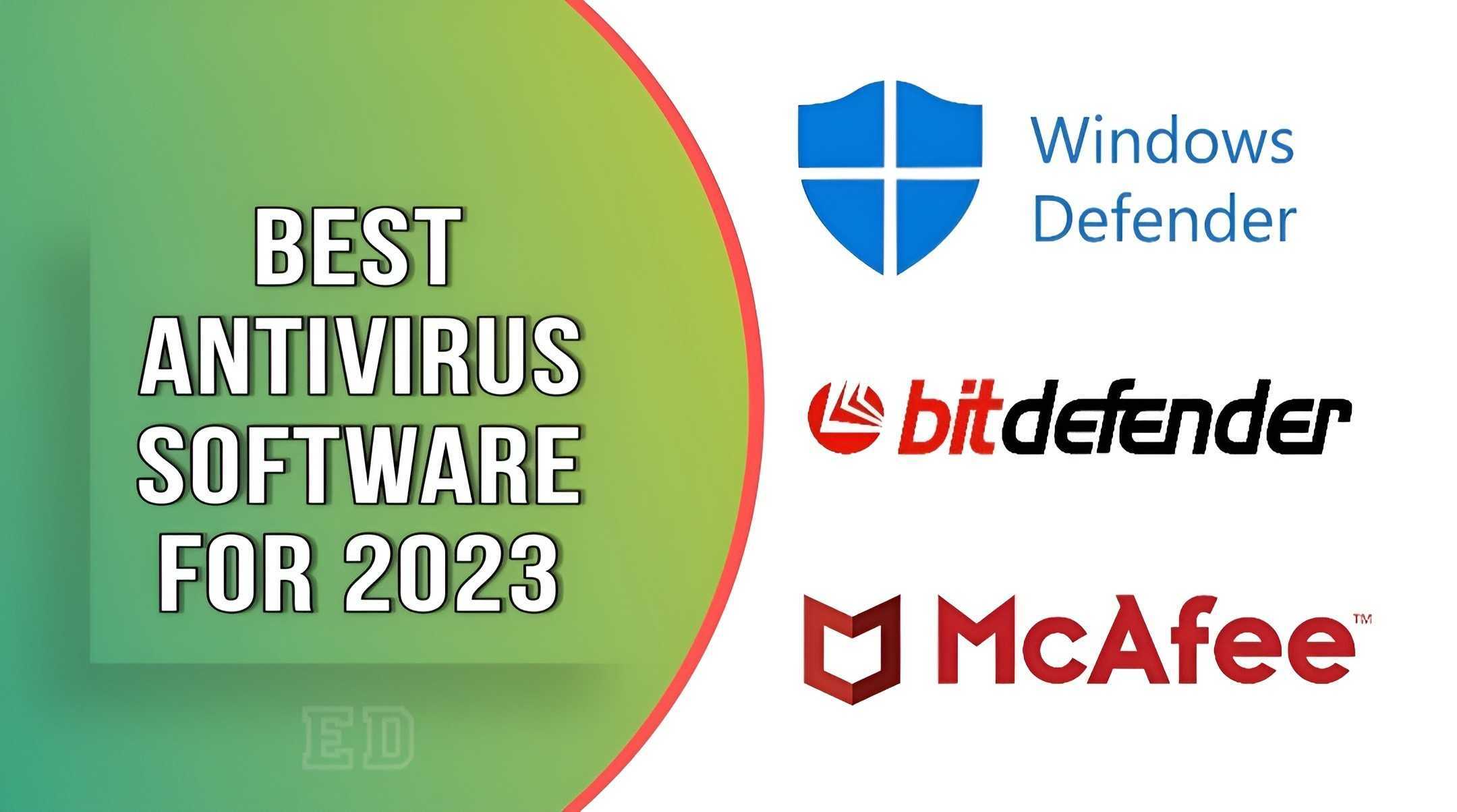Security Event Monitoring Essentials

In the realm of cybersecurity, the ability to detect and respond to security incidents in real-time is paramount. Security event monitoring is a critical component of this capability, enabling organizations to identify potential threats, analyze their impact, and take swift action to mitigate them. At its core, security event monitoring involves the collection, analysis, and interpretation of security-related data from various sources across the IT infrastructure. This data can come from network devices, servers, applications, and even endpoint devices, providing a comprehensive view of the organization’s security posture.
Problem-Solution Framework: Identifying Security Gaps
One of the primary challenges organizations face is identifying the security gaps in their infrastructure. This can be achieved through a problem-solution framework that involves several steps:
- Risk Assessment: Understanding what needs to be protected and from what. This involves identifying critical assets, potential threats, and vulnerabilities.
- Implementation of Monitoring Tools: Deploying security information and event management (SIEM) systems or similar technologies to collect and analyze security event logs.
- Configuration and Tuning: Configuring these tools to focus on the most critical areas and tuning them to minimize false positives.
- Continuous Monitoring: Ongoing analysis of security event data to identify patterns or anomalies that could indicate a security incident.
- Incident Response Planning: Having a plan in place for how to respond when a security incident is detected, including procedures for containment, eradication, recovery, and post-incident activities.
Comparative Analysis: SIEM vs. Cloud-Native Security Monitoring
When it comes to monitoring security events, organizations have several options, including traditional Security Information and Event Management (SIEM) systems and cloud-native security monitoring solutions. A comparative analysis of these options can help organizations choose the best fit for their needs:
- SIEM Systems: Offer comprehensive security event monitoring capabilities but can be costly and complex to manage, especially for small to medium-sized businesses.
- Cloud-Native Security Monitoring: Provides scalability, flexibility, and often lower costs compared to traditional SIEM systems. These solutions are tailored for cloud infrastructure and can more easily adapt to changing security landscapes.
Technical Breakdown: Components of a Security Monitoring System
Understanding the technical components of a security monitoring system is essential for effective implementation:
- Data Collection: Involves gathering logs and security-related data from various sources. This can include network logs, system logs, application logs, and more.
- Data Analysis: Analyzing the collected data to identify patterns, anomalies, or indicators of compromise (IOCs). This often involves machine learning algorithms and rule-based systems.
- Alerting and Notification: Once a potential security incident is identified, the system should generate alerts and notifications to security teams or incident responders.
- Incident Response Integration: Seamlessly integrating with incident response tools and processes to facilitate swift action against detected threats.
Decision Framework: Choosing the Right Security Monitoring Strategy
When deciding on a security monitoring strategy, organizations should consider several factors, including their current infrastructure, security goals, and available resources. A decision framework can help navigate these considerations:
- Assess Current Infrastructure: Evaluate the types of devices, systems, and applications in use and the nature of the data they handle.
- Define Security Objectives: Clearly outline what the organization aims to protect and the level of security needed.
- Evaluate Resource Constraints: Consider budget, personnel, and technological limitations.
- Consider Scalability and Flexibility: Choose solutions that can grow with the organization and adapt to changing security needs.
- Review Compliance Requirements: Ensure the chosen strategy meets relevant regulatory and compliance standards.
Future Trends Projection: The Role of AI in Security Monitoring
The future of security event monitoring is closely tied to the integration of artificial intelligence (AI) and machine learning (ML) technologies. These advancements promise to enhance the precision and speed of threat detection, reduce false positives, and automate response actions. However, they also introduce new challenges, such as ensuring the accuracy and explainability of AI-driven decisions and mitigating the potential for AI-powered attacks.
FAQ Section
What is security event monitoring, and why is it important?
+Security event monitoring involves the real-time collection, analysis, and interpretation of security-related data from across the IT infrastructure. It's crucial for detecting and responding to security incidents, thereby protecting the organization's assets and data.
How does a SIEM system contribute to security event monitoring?
+A SIEM system plays a central role in security event monitoring by collecting, analyzing, and presenting security event logs from various sources, helping security teams to identify and respond to potential security incidents more effectively.
What are some future trends in security event monitoring?
+Future trends include the increased use of artificial intelligence and machine learning for more precise threat detection and automated response, as well as cloud-native security monitoring solutions that offer scalability and flexibility.
In conclusion, security event monitoring is a vital component of an organization’s cybersecurity strategy, enabling the detection and response to security incidents in real-time. By understanding the essentials of security event monitoring, organizations can better navigate the complexities of cybersecurity, choose the right strategies and tools, and stay ahead of evolving threats.



